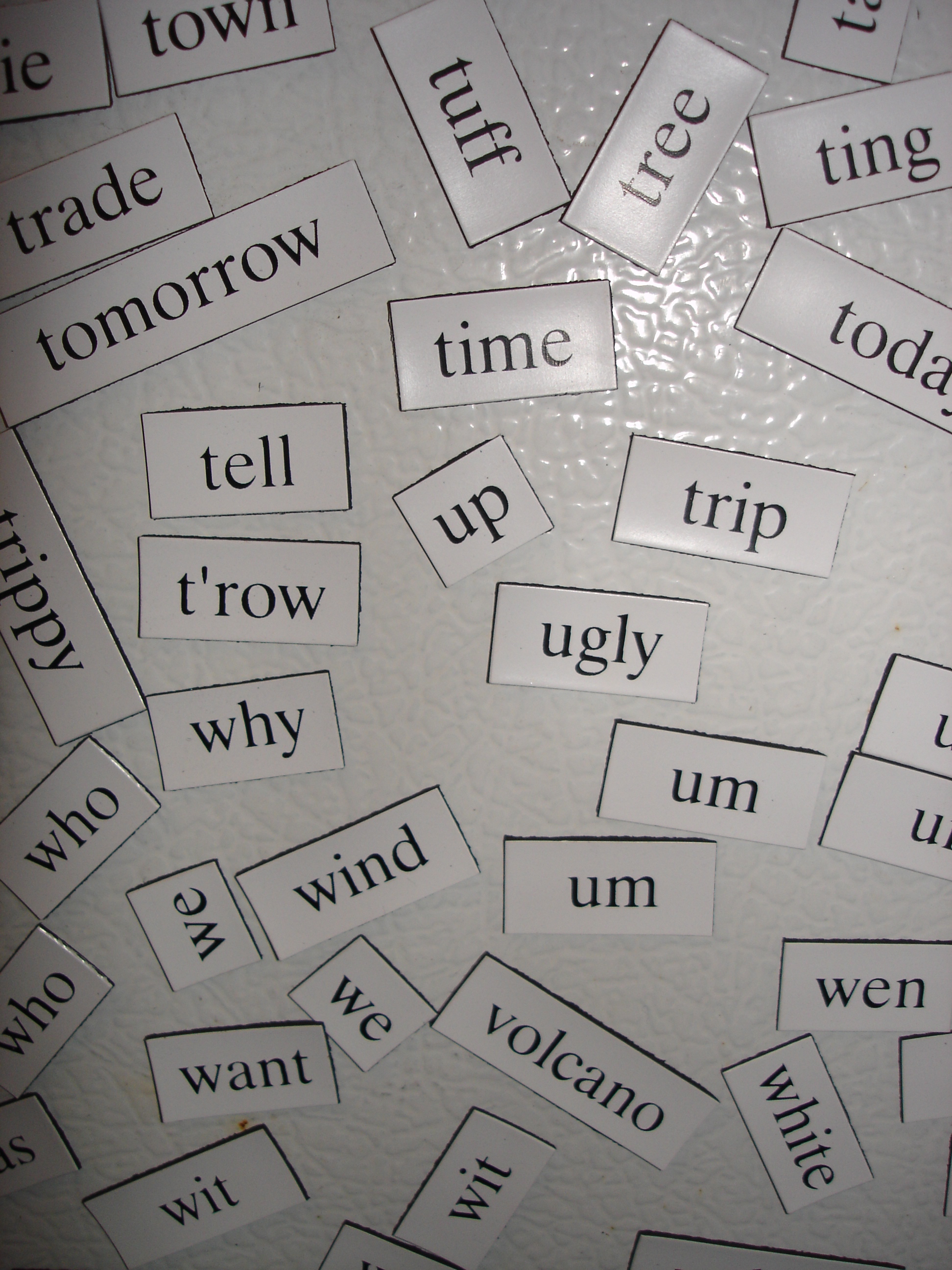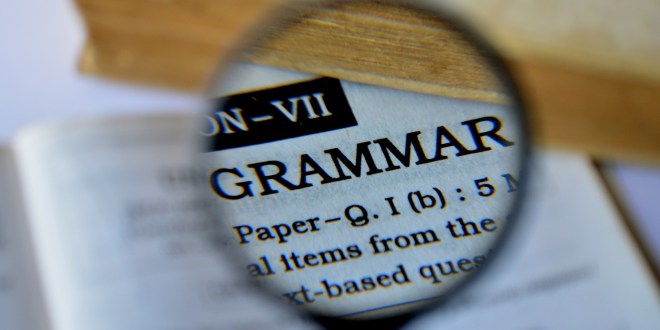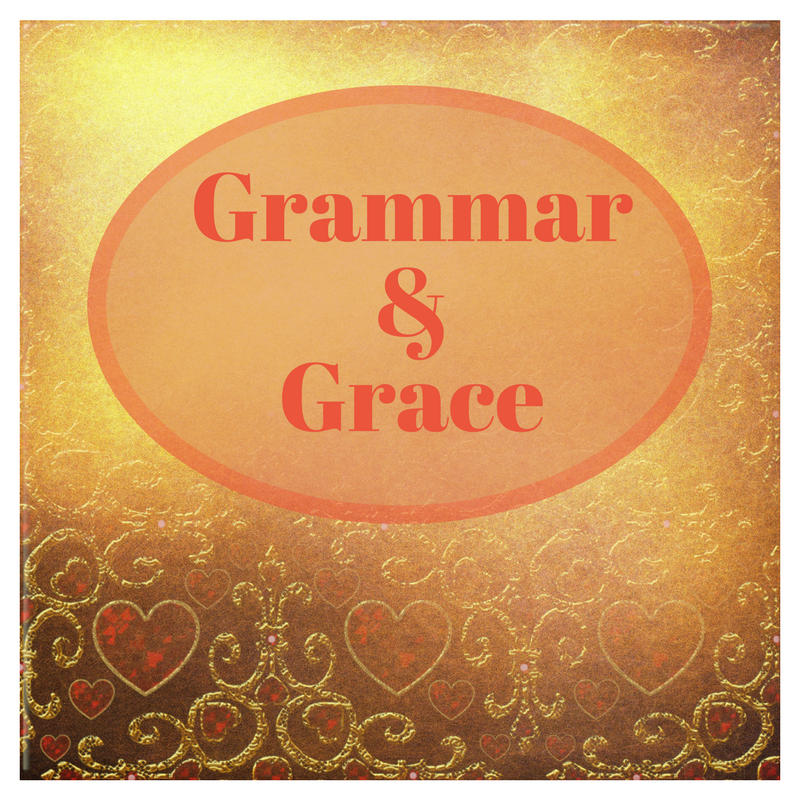A hyphen is a type of punctuation linking words that form one idea to avoid confusion. Here are a few simple rules to follow when using hyphens:
- Use hyphens in numbers from twenty-one through ninety-nine
- Use hyphens with ages that are used as adjectives.
Thomas babysat the two-year-old boy. (Yes.)
The boy in the swing is two years old. (No hyphen.)
- Use hyphens when the compound adjective comes before the noun.
The custom-built alarm clock won the science award. (Yes.)
Teddy’s alarm clock was custom built. (No hyphen.)
- Hyphens are also used in the following example when words are repeated:
Runners will compete in the 3-, 6-, and 10-mile events.
- Use hyphens with prefixes and words that have a capital letter.
The article is decidedly pro-American.
- Use hyphens when joining letters and words.
We studied an s-shaped curve in economics.
- Use hyphens with prefixes.
My ex-boss just friended me on Facebook.
An em dash works similarly to a set of parentheses. It allows a break from the main sentence for an additional thought. You form it by adding two hyphens together.
Cam ignored the feeling—whether disappointment or relief—coursing through her.
Hyphens and dashes, although similar in look, have different uses in sentences. For additional details about both kinds of punctuation, check the AP Manual of Style, the Chicago Manual of Style, or the Oxford Dictionaries.





 We love helping your growing in your writing career.
We love helping your growing in your writing career.

No Comments